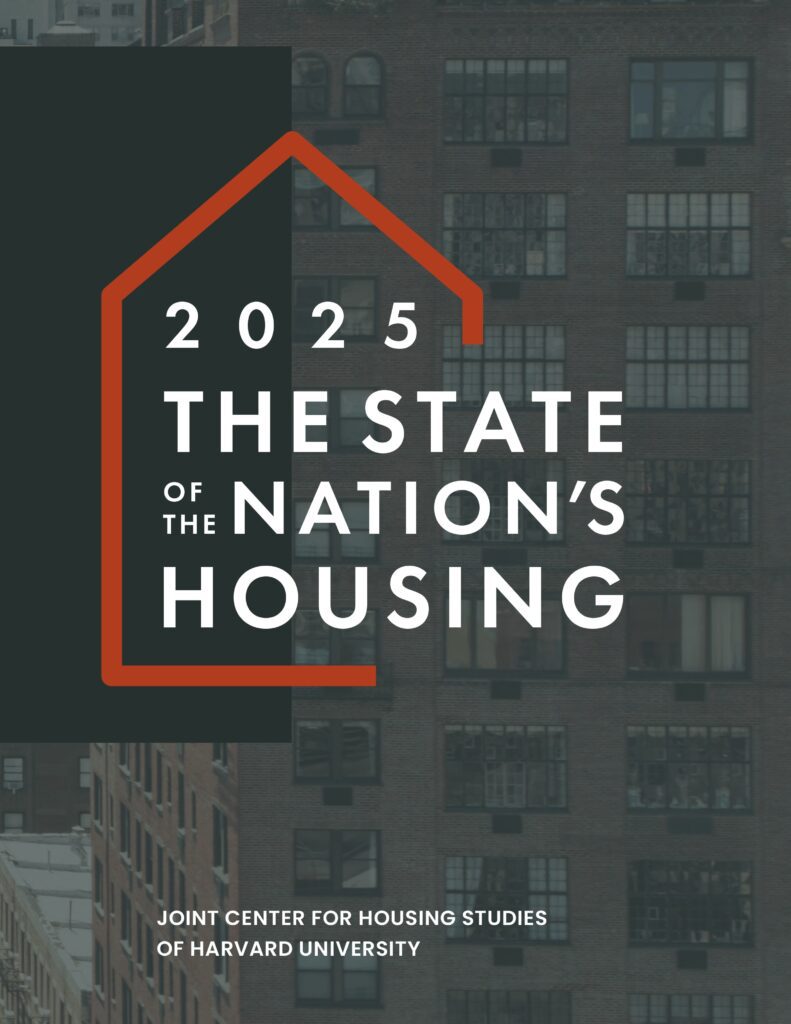Insulation Institute focuses this week on five housing-related stories that are also, in part, affordability and energy efficiency stories. You may have missed a few of these, so we hope this quick recap will be informative and timely.

Harvard’s 2025 State of the Nation’s Housing Released
Harvard University’s Joint Center for Housing Studies (JCHS) released the 2025 State of the Nation’s Housing Report on Tuesday. The report highlights a litany of concerns for the U.S. housing market and home buyers, including skyrocketing insurance premiums and property taxes, a sharp rise in homelessness, and growing dangers of climate disasters. Despite these challenges and in the face of diminished federal support, state and local governments are ramping up efforts to tackle affordable housing (which is also challenged by increasing homeowner costs, like utilities). For example, Minnesota has approved a bill allocating $242M to housing finance and another $100M in infrastructure bonds to support affordable housing development.
Charlottesville, VA, Releases Free Attic Insulation Self-Assessment
The Charlottesville, VA, Department of Utilities this week launched a free attic insulation self-assessment to help citizens learn about their attic insulation needs and how home envelope improvements contribute to more comfortable homes and lower utility costs. The launch of the Attic Insulation Self-Assessment couldn’t come at a better time, as the East Coast is currently in the midst of a sweltering heat wave. The site also informs homeowners about rebates and incentives they could qualify for when undertaking home energy efficiency improvements.
Homeowners Urged to Leverage Energy Efficiency Tax Credits Now
Homeowners across the country are being urged to leverage federal home energy efficiency tax credits while they still can. These incentives are likely to disappear as soon as the end of the year under the House budget bill and six months after the bill is passed in the Senate version. With the clock ticking, Wisconsin Public Radio reported that 73,000 “Badger State” families have taken advantage of federal tax credits. In the face of elimination, there may be a “mad dash” for people to try to use these credits before they end. Other U.S. states are sharing this same message.
Housing Inventory Is Increasing, Finally
Amid all the gloomy news about the state of housing, there is some good news: the housing market is becoming more buyer-friendly, especially since housing inventory is increasing. According to MarketWatch, housing inventory exceeded 1 million this month, the highest level since the winter of 2019. This means that potential home buyers could see the most “buyer-friendly” home market in three years. And as inventory increases, the market is shifting from a seller’s market to a more balanced market.
It’s also worth noting that builders are offering smaller homes to help buyers address the affordability challenge, which also considers the cost of ownership, such as utilities.
We’re Paying More for Electricity
Electricity prices have surged over the past year, nearly doubling overall inflation due to rising demand and the increasing need to invest in the nation’s aging infrastructure grid. Analysis from the Energy Information Administration predicts the average U.S. electricity bill will increase from $173 to $178 per month. Interestingly, the agency predicts a slight decrease in consumption overall, which it says will be driven by cooler forecasted summer temperatures relative to last year. Increases in electric utility rates, of course, are yet another reason for Americans to ensure their homes are properly air sealed and insulated to reduce their usage.
